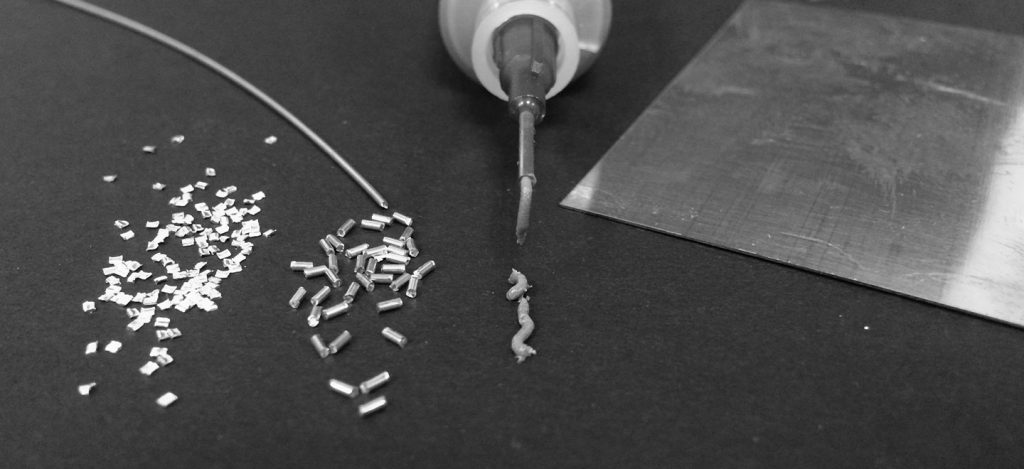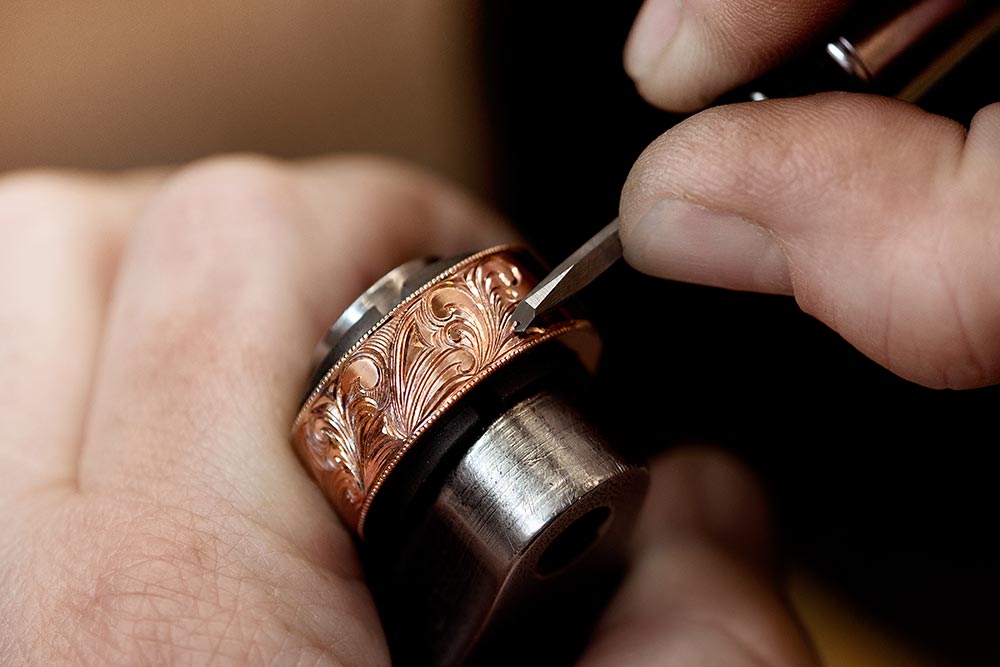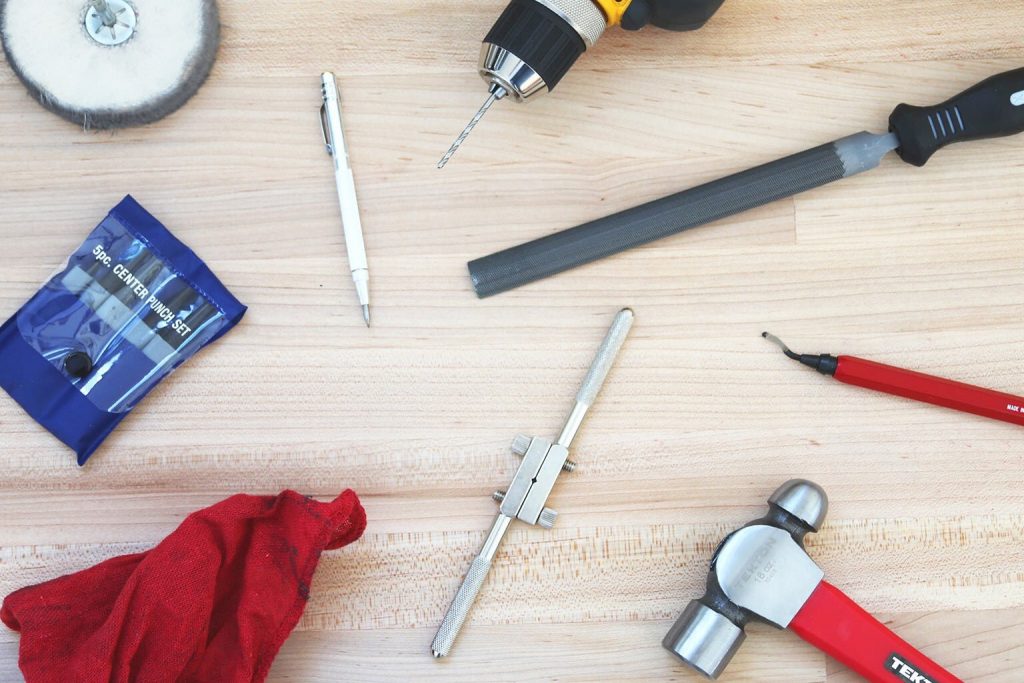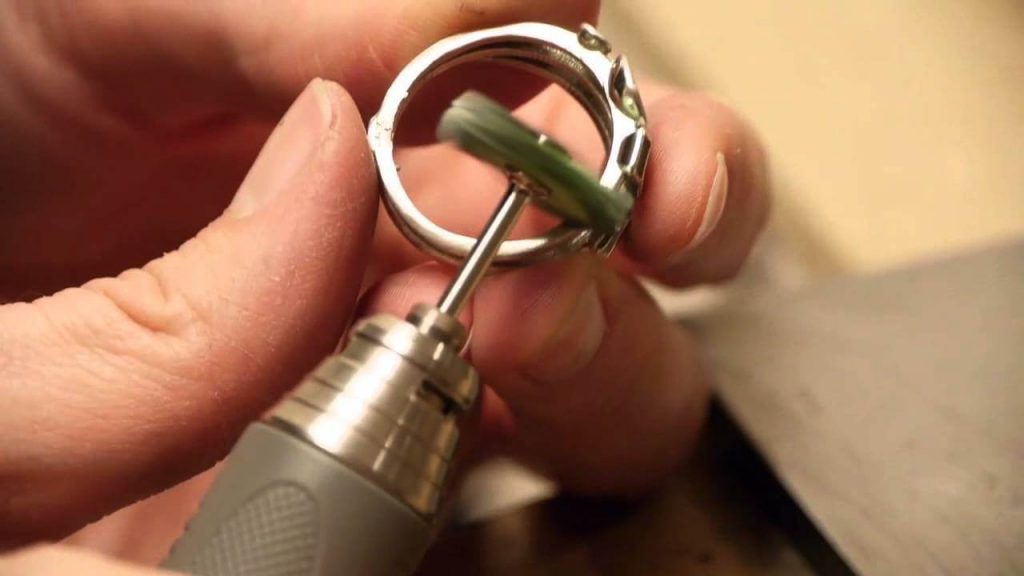Soldering is a fundamental skill in the world of glass crafts and metalworking, allowing artisans to join metal components together to create intricate and beautiful jewelry pieces. Whether you’re a beginner or an experienced craftsperson, understanding the techniques and mastering the art of soldering opens up a world of possibilities for creating unique and personalized jewelry.
In this article, we delve into the art of soldering, exploring various techniques, essential tools, safety precautions, and valuable tips to help you achieve professional results in your glass craft projects.
Understanding the Basics of Soldering
Soldering is the process of joining two metal components using a filler material known as solder. The solder, typically made of a combination of metals like tin, lead, or silver, melts at a lower temperature than the metal being joined. When heated, the solder flows into the joint, creating a strong and permanent bond.
Essential Tools for Soldering
To embark on your soldering journey, you’ll need a set of essential tools:
- Soldering Iron: A soldering iron is a handheld tool with a heated metal tip used to melt the solder. Choose a soldering iron with adjustable temperature control for versatility and precision.
- Solder: Select solder that matches the metal you’re working with and the type of joint you want to create. Common types of solder include lead-based, lead-free, and silver solder.
- Flux: Flux is a chemical compound used to clean the metal surface and facilitate the flow of solder. It removes oxidation, ensuring a strong bond between the metal components.
- Third Hand: A third hand tool, with adjustable clamps or alligator clips, holds your workpiece securely in place, leaving both hands free for soldering.
- Heat-resistant surface: Place your workpiece on a heat-resistant surface like a soldering block or a ceramic tile to protect your workspace and prevent accidental damage.
Soldering Techniques
- Tinning: Tinning is the process of applying a thin layer of solder to the metal components before joining them. This helps ensure better adhesion and creates a smooth and even joint.
- Sweat Soldering: Sweat soldering involves placing small pieces of solder between the joint and heating the metal until the solder melts and flows into the gap.
- Fillet Soldering: Fillet soldering is used to create a rounded or curved joint. By heating the metal and applying solder, you can build up a fillet along the joint, creating a strong and visually appealing connection.
- Soldering Joints: Various types of joints, such as butt joints, lap joints, and T joints, require specific soldering techniques. Each joint requires careful positioning, flux application, and controlled heating to achieve a strong bond.

Safety Precautions
Working with heat and molten metal requires proper safety precautions. Here are some essential tips to keep in mind:
- Work in a well-ventilated area or use a fume extractor to minimize exposure to soldering fumes.
- Wear safety glasses to protect your eyes from hot metal splatters and UV light emitted by the soldering iron.
- Use heat-resistant gloves to protect your hands from burns when handling heated metal components.
- Keep a fire extinguisher nearby and ensure you have a clear path to safety in case of an accident.
- Avoid wearing loose clothing or jewelry that may come into contact with the hot soldering iron.
Valuable Tips for Successful Soldering
- Cleanliness is crucial: Ensure that the metal surfaces to be soldered are clean, free from dirt, grease, and oxidation. Use sandpaper, a wire brush, or a cleaning solution to prepare the surfaces before soldering.
- Heat control: Adjust the temperature of your soldering iron according to the type of metal and solder you’re working with. Too much heat can damage the components, while insufficient heat may result in a weak joint.
- Practice proper technique: Maintain a steady hand, apply heat evenly, and allow the solder to flow into the joint naturally. Avoid excessive heating, as it can cause the solder to run or create unwanted bumps.
- Work with patience: Soldering requires precision and attention to detail. Take your time, practice on scrap metal pieces, and gradually develop your skills and confidence.
- Practice safety first: Always prioritize safety by wearing protective gear, working in a well-ventilated area, and following proper safety guidelines.
Mastering the art of soldering is an essential skill for anyone involved in glass crafts and metalworking. By understanding the basics, acquiring the necessary tools, and implementing proper techniques and safety precautions, you can create beautiful and professional-quality jewelry pieces.
Whether you’re soldering delicate connections or intricate designs, the journey of mastering soldering is one of continuous learning and exploration. So, embrace the art of soldering, unlock your creativity, and embark on a rewarding journey of transforming metal components into stunning works of art in the realm of glass crafts.



